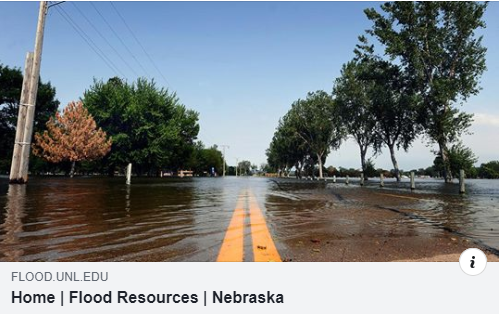
We hope this note finds all of you and your families safe and sound. If you are still facing challenges related to the blizzard or the flood, please let us know, we would like to help in any way possible.
If you are already engaging, please know that we very much appreciate your efforts. For those who might be waiting or are uncertain, the following guidance is intended to provide a path forward.
Although many of you have been involved in the immediate response to coworkers, friends and stakeholders during the devastating weather we have experienced, we will soon turn our efforts to recovery. Because of the size and scale of this disaster, we intend to organize a deliberate and widespread disaster recovery effort. So, what does this mean for us?
First, it is really important to reinforce or establish our communication networks. These include:
• Listservs, e-mail lists and/or mailing lists of clientele
• Contacts with media in your region
• Your social media networks
• Connect with key leaders in your region (Emergency Operation Centers, law enforcement, city and county government and others), let them know that we are committed to being a resource in our recovery efforts and to connect with us with needs and opportunities
We will begin pushing out information to you to distribute through your communication networks. Also, please reference https://flood.unl.edu as a key resource full of science-based information. And, for those who now have access to flooded homes, https://www.extension.purdue.edu/extmedia/ACS/ACS-101-W.pdf is a great resource.
Second, survey the extent of damage to homes, businesses, communities, farms and ranches. We don’t need detailed information but the nature of the damage as well as the extent of the damage will be helpful as we develop response strategies. Please share all ideas with us at floodresponse@unl.edu. This email will be monitored constantly so we can respond to your questions or concerns.
Third, begin to share information resources (https://flood.unl.edu) using your communication linkages. Encourage people to connect with you and our system for information and support.
Fourth, begin thinking about the types of educational efforts we could/should deliver in your area and the role you might play in helping us deliver those resources.